
By Jesse Peters, Mikaela McShane
Electronically non-conductive ladder fall protection system makes working on lightning towers at NASA’s Kennedy Space Center safer and more efficient.
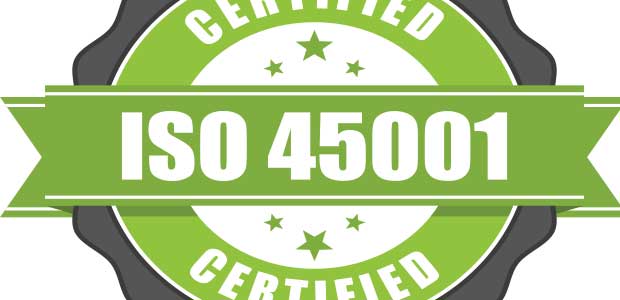
By Glenn D. Trout
The adoption of ISO 45001 can significantly improve your safety management system.

By Lori Hyllengren
A guide to updated ASTM safety requirements for footwear.
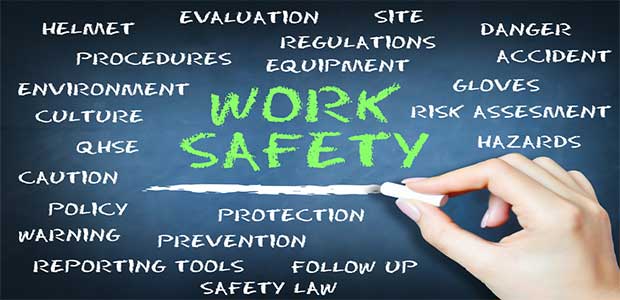
By Donna Chrobak
Six steps to turning your safety program into a safety culture.

By Scott Francis
Appropriate base layers for electrical workers are a useful element in an AR/FR garment system.
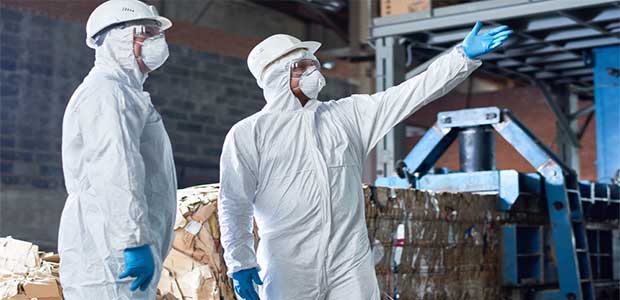
By Karen D. Hamel
Safely managing hazardous materials isn’t just a series of tasks for the crew at the receiving dock to complete.

By Brent Motchan
Dry Eye Syndrome is very common, impacting more than 3 million people per year.

By Rick Barker, Rachel Zoky
Practical steps to take to improve consistency across locations and reduce workload for your ergonomics site leaders.

By Ray Mann, Heidi Lopez-Hidalgo
New products and systems designed to supplement observations and free up managers to be more efficient.
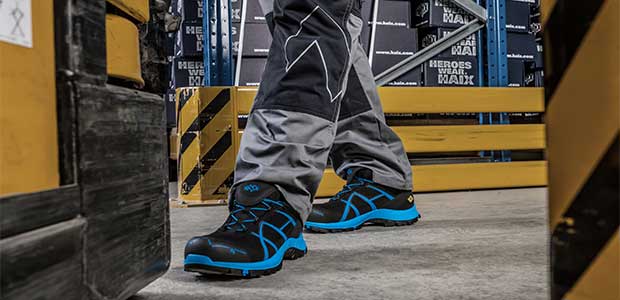
By Sandy Longarzo
Don’t neglect your feet when choosing safety footwear.

By Louise Vallee
Remarkable indoor air quality case studies and best practices

By Carly Engels Johnston
Steps can be taken to help protect workers’ hearing in a wide variety of industries.
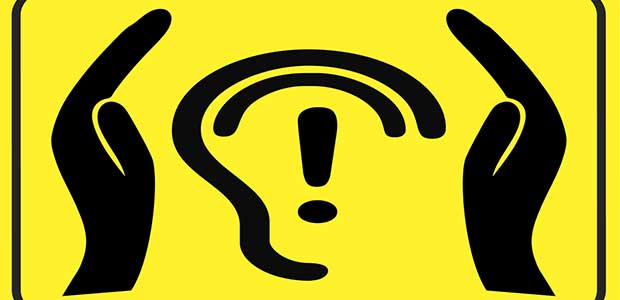
By Justin Stewart
According to OSHA, each year 22 million employees are exposed to hazardous noises at work, making hearing loss the most common work-related injury. It’s time to understand, and consider, the role technology can play in workplace noise monitoring.

By Nick Bernini
At its most basic, analytics is the use of data to make informed decisions.
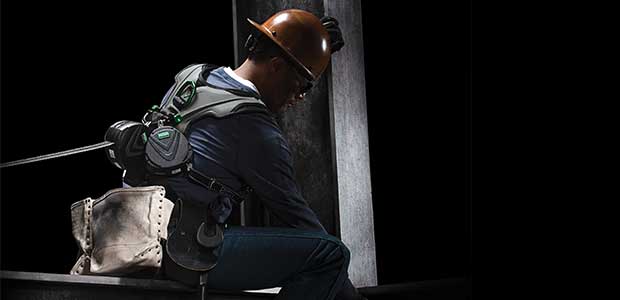
By Anne Osbourn
Using human factors to overcome wearer reluctance
By Robert Pater
The main message among many Safety leaders seems to be “caution.” While it’s certainly a great idea to “look before you leap,” there’s an important balance when attempting to eliminate risks at all costs.